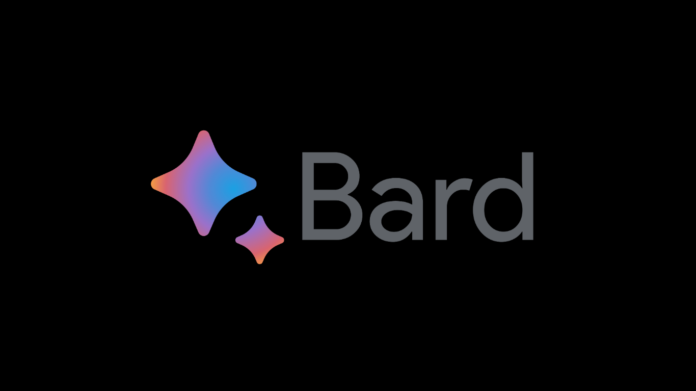Google has recently announced that Bard can now be accessed in new countries and languages. In addition, Google also released new features.
Here’s a detailed look at the key points from Bard’s Latest Update Blog Post.
Global Expansion
Bard, the AI-powered assistant designed to augment human creativity and imagination, has undergone it’s most significant expansion to date.
Bard is now available in most corners of the globe, supporting over 40 languages, including Arabic, German, Chinese, Hindi, and Spanish.
The expansion includes new regions like Brazil and several new European countries. The full list of regions where Bard is available can be accessed here.
Google further states that the expansion was carried out responsibly, with proactive engagement with experts, policy makers, and privacy regulators.
Customized Responses
Bard’ has introduced several new features to better customize responses to better suit a user’s requirements.
One such new feature is the ability to listen to Bard’s responses.
This feature is especially helpful when users want to hear the correct pronunciation of a word, or for listening to a poem or script.
Another feature allows users to adjust the tone and style of Bard’s responses.
Here, one can choose from five different options: simple, long, short, professional, or casual, allowing for a more personalized interaction with Bard.
New Productivity Features
There are also four new features to boost productivity.
Pin and Rename Conversations
To enhance the user experience, Bard now allows users to pin and rename their conversations. This feature makes it easy for users to revisit prompts and continue their interactions with Bard at a later time.
Export Code to More Places
Google has recognized the interest use’s have shown in using Bard for coding tasks. A new feature has been added that allows users to export Python code to Replit, in addition to Google Colab.
This feature expands the utility of Bard for developers coders.
Share Responses with Friends
Bard now provides users the ability to share part of, or all of, a Bard chat with their network through shareable social links.
With this social feature, users can easily share their ideas and creations with one another, fostering deeper collaboration and idea exchange.
Use Images in Prompts
The last new feature, is the use of images in prompts. Bard now integrates with Google Lens, allowing users to upload images with prompts.
Once the images have been uploaded, bard is able to analyze the photo and provide relevant responses. This feature is currently only available in English, with new languages coming soon.
To conclude, Google says Bard’s expansion and updates are guided by a set of AI principles that focus on user feedback, privacy, and data protection.
Google further adds that these Principles will continue to guide Bard’s development as the tool expands into more regions and languages.

